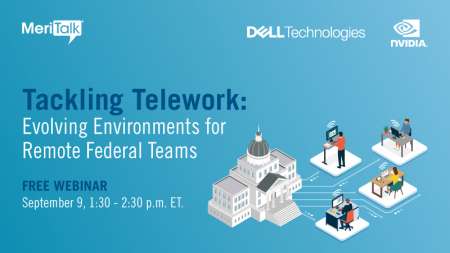
The telework landscape has changed what the future of the Federal workforce could look like, pushing Fed IT leaders to prioritize new hiring initiatives and embrace the benefits of working from home.
National Science Foundation CIO Dorothy Aronson sees new telework efforts as a plus for the Federal workforce, as talent is no longer constrained to the National Capital Region.
“People have the freedom to work in whatever environment they prefer,” she said during the Skillset of the Dynamic Technology Workforce webinar on September 2. “There’s tremendous benefits to teleworking or working from home because it doesn’t matter anymore whether you have a house inside the beltway in order to be a Fed.”

She continued that another advantage of a distributed workforce is the ability to reach audiences that the agency had never had the opportunity to reach before. The new telework environment still faces some of the same workforce challenges that have troubled the government in the past. Aronson reiterated that focusing on upskilling workers and bringing in new employees to keep the workforce prepared for the future are still important initiatives.
At the Defense Information Systems Agency, Vice Director of Development and Business Center Jason Martin explained how the agency is investing in its current workforce from mentorships to letting employees shadow senior level members of the team. Educational enrichment and outreach were two common themes at the agency.
“Overall, we have 15 different learning and development programs for the workforce across the globe, which is nice, our workforce is very much completely dispersed across the globe,” he said.
As agencies pivot to new hires, Department of Education CIO Jason Gray said that improving the speed of hiring and keeping up clear and consistent communication with applicants to manage expectations are two ways Federal agencies will see more success. Recruitment incentives to bring on talented employees, more flexible leave hours, and career pathways tool are other ways Federal agencies can bring on a strong workforce.
Gray added, “One of the best ways to manage and remove barriers is by ensuring that you build, develop, and empower a high-performing team.”
Aronson said that her qualm with the Federal hiring process was that it’s hard to hire Federal employees unless there’s a clearly identified and immediate need for a position. She recommends improving the government’s ability to plan.
“What we’re thinking about is the technology of the future, and maybe what we need to be doing is more planning, and beginning our hiring earlier, imagining our needs earlier,” Aronson said.
